What to do with hyacinths after they have faded?
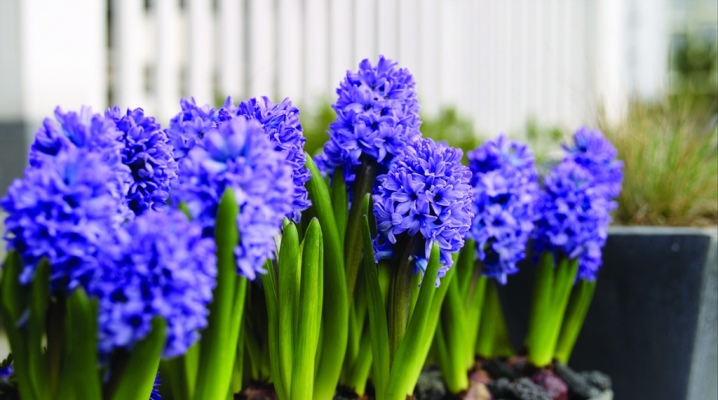
From mid-February in stores you can see small pots with bulbs sticking out of them, crowned with powerful peduncles, covered with buds, similar to asparagus buds. These are hyacinths - plants belonging to the asparagus family. In a few days they will bloom with magnificent snow-white, pink, purple, lilac, blue flowers, past which it is impossible to pass without stopping and admiring. You can safely purchase this plant, since caring for it is simple. Hyacinths can be grown indoors and outdoors.

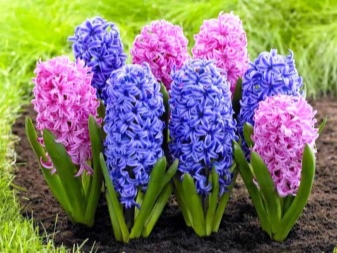
Caring for a flower in a pot at home
When we grow hyacinth in a pot and are forced to make it bloom in late winter - early spring (that is, at a time not typical for this plant) at home, this is called forcing. During forcing, the hyacinth takes a lot of strength, and the bulb is very depleted.
The task of the grower: after flowering, gradually transfer the plant to a dormant period, so that the bulb gains strength and laid new flower buds for future flowering.
Do I need to crop and how to do it?
The readiness of the hyacinth for the dormant period can be determined by the peduncles. If all the flowers have already wilted, and new buds are not formed, the peduncle must be cut off. WITHyou need to do this with a sharp disinfected instrument, measuring 10 centimeters from the crown of the bulb.
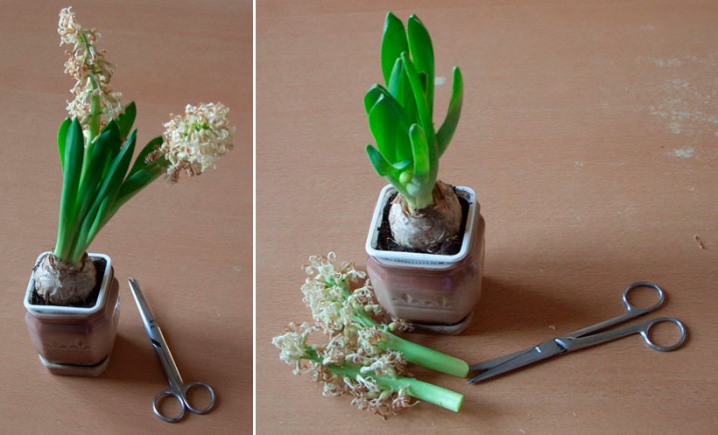
The left part of the peduncle will help the plant to restore strength. In no case should the leaves be cut off, since through them the bulb, along with oxygen, will receive nutrition.
When and how to transplant?
Further, having cut off part of the peduncle, the hyacinth should be transplanted by the transshipment method. This is the transplanting of a plant into a container of a slightly larger diameter without cleaning the roots from the soil substrate. To do this, you need to prepare a pot 2-3 cm larger than the one in which the hyacinth grew. Place a clay shard with the convex side up on the drainage hole in the bottom. Then pour in some coarse sand, which will serve as drainage. Cover the top with garden soil 0.5-1 cm thick.
Carefully remove the hyacinth bulb along with the earthen clod from the pot, being careful not to damage the roots. Hyacinths are usually sold in soft containers that can be cut with scissors. Place the plant in the center of the prepared pot, cover it with soil from the sides (this can be ordinary garden soil or turf mixed with rotted leafy soil). It is impossible to deepen the neck of the root during transplantation, water it moderately. After transshipment, after a few days, you can feed the hyacinths with a weak fertilizer solution.
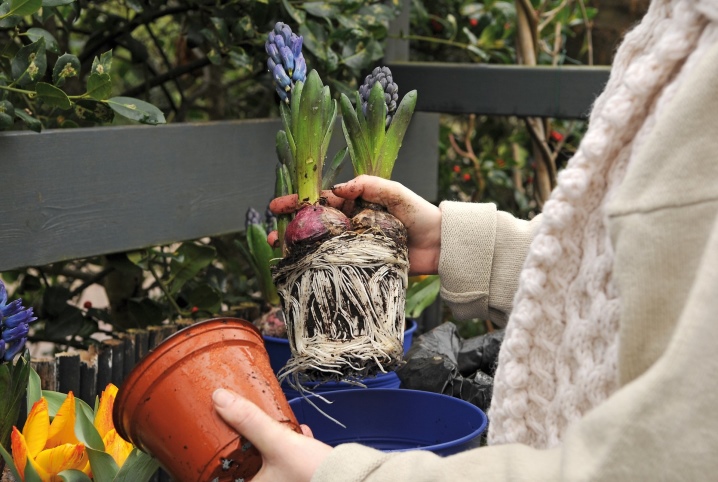
The amount of irrigation and water used should be gradually reduced. Watering should be done as the potted substrate dries completely. When the leaves of the hyacinth turn yellow, watering should be completely stopped. If the cut peduncle has dried completely during this time, you can pull it out of the flower. You can remove the onion from the pot only when the leaves are completely down and dry. You should carefully pull out the bulb, clean it from the ground, cut off the dried roots.
Next, the hyacinth bulbs should be dried. This can be done at room temperature by folding them in a cardboard box and placing them in a shady place.You cannot use plastic containers or plastic bags for this purpose: the bulbs can rot there. It is necessary to dry it until the previously dried leaves become completely thin and transparent.
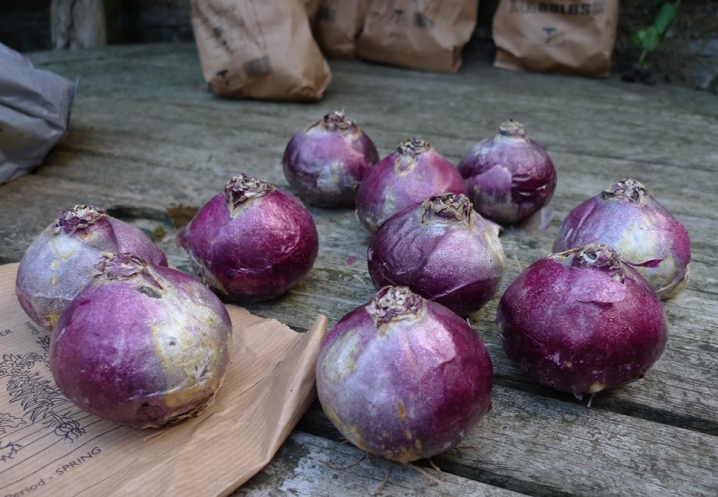
After drying, the hyacinth bulbs can be stored in a dry place with free access to air. In a room environment, this can be some secluded place on the floor, for example, under a bed or behind a closet. So the bulbs will be stored for 2-3 months until autumn. In no case should it be planted again in a pot for flowering in the room. The plant should gain strength after the previous distillation. Hyacinth will bloom again only after a year or two, and only in the open field.
Therefore, the hyacinth bulbs should now be planted in open ground. This should be done in late September - early October. If you plant them earlier, then the hyacinths will have time not only to take root, but also to grow leaves, which will lead to their freezing in winter. If you are late with planting, then the roots will not have time to grow on the bulbs, and the hyacinths will die in winter.
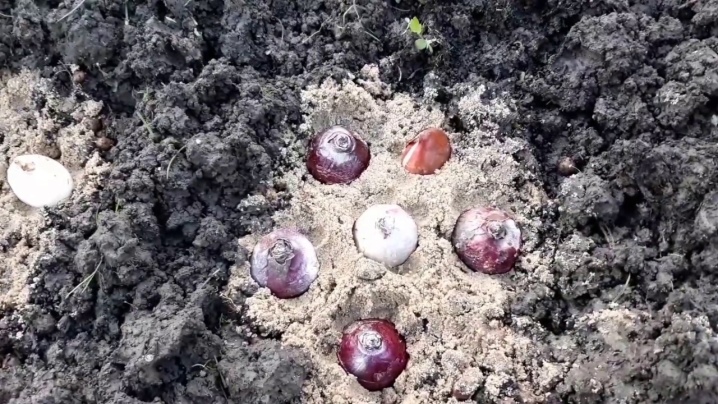
A place for planting in the garden is best to choose a sunny or partial shade. It is undesirable to plant hyacinths under trees or shrubs, as in this case they will lack nutrients.
There should be drainage in the holes, since hyacinths do not tolerate stagnant moisture. The soil should be neutral, loose, nutritious. At the bottom of each planting hole, you need to pour some sand, which serves as drainage. Plant the bulbs, slightly pressing the bottoms into the sand, cover with a little sand, then a soil substrate with the addition of a small amount of humus.
They should be planted to a depth equal to the height of three bulbs. That is if the height of the hyacinth bulb is 6 cm, then the hole should be dug 18 cm deep... In this case, the soil layer above the bulb will be 12 cm. It should be remembered that the planting depth also depends on the composition of the soil. On light sandy, peaty soils, the hole should be deepened by another 2-3 cm, on heavy clay soils, on the contrary, the landing hole should be made 2-3 cm shallower.
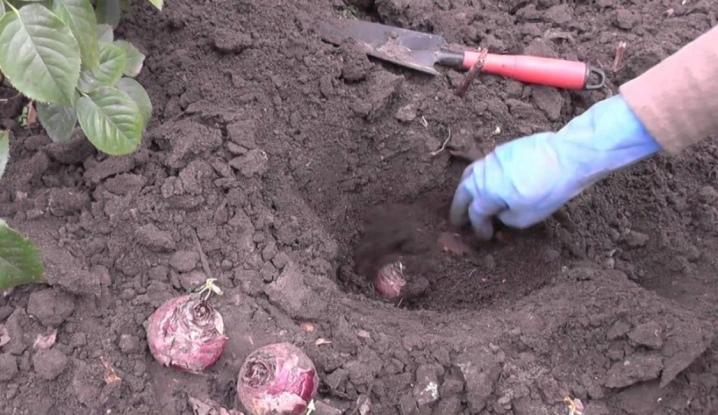
Hyacinths should be planted 20-25 cm apart. If the bulbs are small (3-4 cm), then they can be planted denser.
Before planting, the bulbs must be soaked for 30 minutes in a weak solution of potassium permanganate. If the wells were wet before planting, then you do not need to water the hyacinths right away. If the soil was dry, then after planting the plants, it is necessary to water the flower bed.
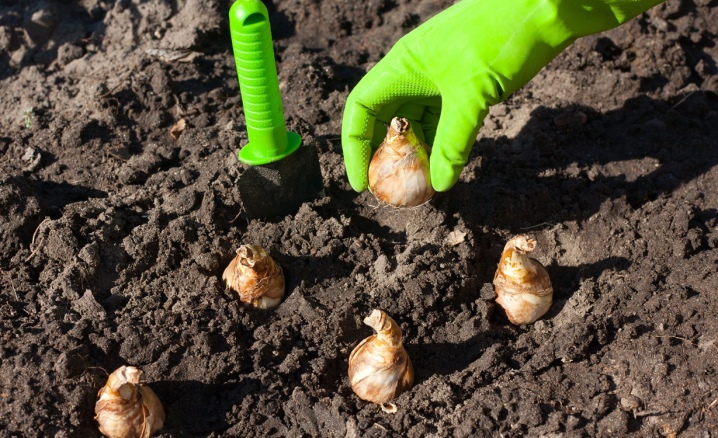
How to care outdoors?
Caring for hyacinths in the open field consists in timely watering, removing weeds, loosening, fertilizing. Watering hyacinths should be done as the soil dries up, spilling plantings to a depth of 25 cm. The next day, you can gently loosen the soil between the plants. If the weather is rainy, then the hyacinths will have enough natural precipitation, they do not need to be watered.
For good growth and development of hyacinths, top dressing should be performed 3 times per season. The first time in the spring, after removing the shelter, it is worth feeding with ammonium nitrate. The second time during budding, fertilizing is required with a complex fertilizer with the obligatory content of superphosphate, ammonium nitrate and potassium chloride. The third time after flowering, you need to feed with ammonium nitrate and potassium chloride.
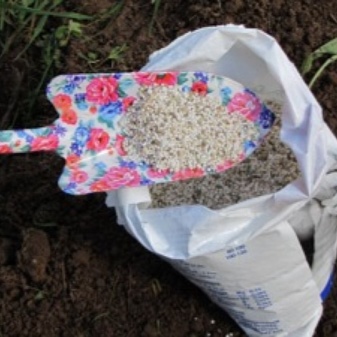

During the first frosts, the plantings should be covered with spruce branches, sawdust, peat, etc. The shelter should be rather loose, breathable, at least 20 centimeters thick. Hyacinths wake up very early, so at the first signs of spring, the shelter should be carefully removed, being careful not to damage the delicate sprouts of the hyacinths. After flowering in the open field, the same pruning and maintenance is necessary, preparing the plant for the dormant period, as when keeping hyacinth at home. With improper care, digging at the wrong time, storage errors, hyacinths will bloom poorly.
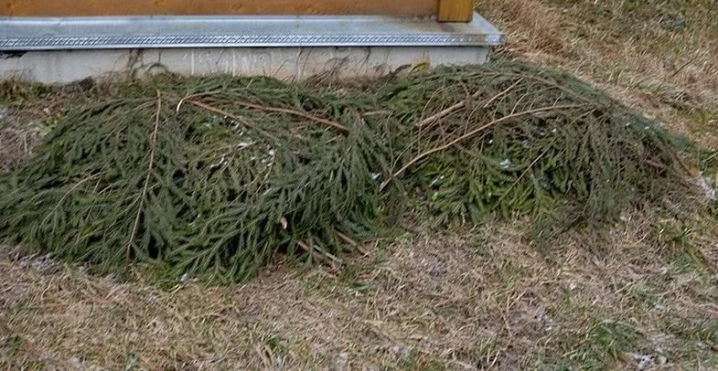
Digging and storing bulbs
It is necessary to dig up hyacinth bulbs on the street when the plants have completely faded and the leaves have dried up. You can dig them out with a garden trowel or any other handy tool. The storage of hyacinth bulbs must be approached very responsibly, since at this time the formation of flower buds occurs. The storage period of the bulbs is 3 months and takes place in 4 stages, different in duration and temperature.
- The bulbs removed from the soil and cleaned of soil residues and dry roots should be disinfected in a weak solution of potassium permanganate. Then they need to be dried in a cool, semi-shady place for one week at a temperature of 20-22 degrees. Then they can be removed. Next, the hyacinth bulbs must be folded into wooden boxes or cardboard boxes in 1-2 layers, ensuring free air access to each bulb. In order not to confuse varieties, you can make labels with inscriptions. If there is little planting material, then you can store the bulbs in paper bags. Do not use glass and plastic containers for storing hyacinths to avoid decay.
- The second stage of storage takes 50-60 days. At this time, hyacinths should be in a ventilated room at a temperature of at least 25 degrees.
- Storage takes place at a low temperature (not higher than 18 degrees). At this time, you need to especially carefully monitor the humidity of the air. With high humidity, the bulbs can become moldy and even rot, so you need to look at the planting material and ventilate it. At low humidity, hyacinth bulbs can dry out. To prevent this situation, if the air is too dry, it must be humidified by placing bowls of water or spraying the space with water from a spray bottle. In such conditions, hyacinths should be 25-30 days.
- The last stage of storage is preparatory for planting and wintering. Hyacinth bulbs must be kept for 5-7 days in a cold place. This will prepare the plants for the colder temperatures in winter.
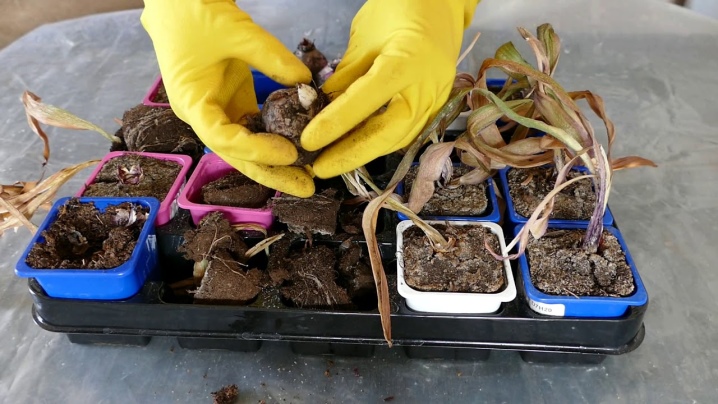
After the procedures carried out, at the end of September, hyacinth bulbs can be planted in open ground. The plant usually takes about 20 days to root, so the planting time should be chosen about 3 weeks before the expected first frost. If you follow these simple rules for caring for hyacinths, you can admire their abundant spring flowering in your area.
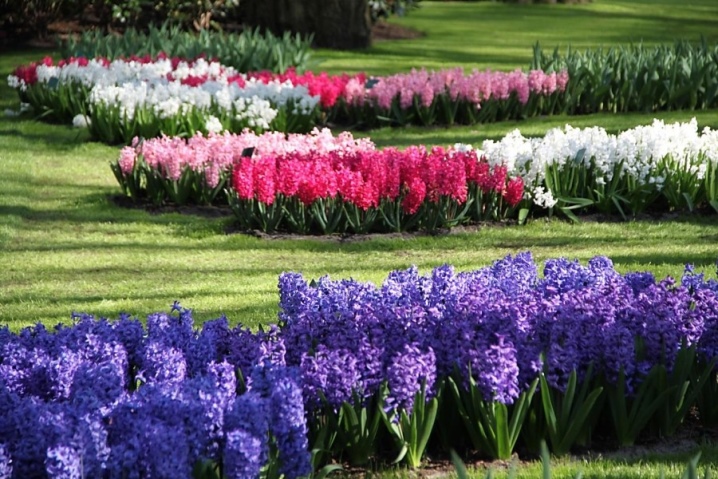
Hyacinth care after flowering in the video.







































































































The comment was sent successfully.